Home>diy>Building & Construction>What Is WIP In Construction


Building & Construction
What Is WIP In Construction
Modified: December 7, 2023
Learn all about WIP (Work in Progress) in building construction, including its importance, monitoring, and managing strategies. Gain insights into this essential aspect of construction projects.
(Many of the links in this article redirect to a specific reviewed product. Your purchase of these products through affiliate links helps to generate commission for Storables.com, at no extra cost. Learn more)
Introduction
In the world of construction, managing work in progress (WIP) is a crucial aspect of any project. WIP refers to the tasks and activities that are currently underway but have not yet been completed. It encompasses everything from the early stages of planning and design to the final stages of construction and finishing. Successful WIP management is vital for ensuring the smooth execution of projects, meeting deadlines, and delivering high-quality results.
In this article, we will explore the concept of WIP in construction, its importance, the different types of WIP, common challenges faced in WIP management, strategies for effective WIP management, and technology solutions available for tracking and managing WIP. We will also present case studies of successful WIP management in construction to illustrate how the right approach can lead to project success.
Construction projects are complex undertakings that involve numerous tasks and various stakeholders, including architects, engineers, contractors, suppliers, and subcontractors. Each stage of the construction process requires careful planning, coordination, and execution to ensure that the project stays on track and meets the desired objectives.
Traditionally, the construction industry has relied on manual methods for managing WIP, such as spreadsheets, paper-based tracking systems, and verbal communication. However, these methods are prone to errors, delays, and miscommunications, leading to cost overruns, schedule delays, and quality issues.
With the advances in technology, construction companies now have access to a wide range of innovative tools and software that automate and streamline the WIP management process. These solutions provide real-time visibility into the progress of tasks, enable effective communication between team members, and help in identifying and resolving bottlenecks efficiently.
In the following sections, we will delve deeper into the definition of WIP in construction and its significance in project management. We will also explore the different types of WIP commonly encountered in construction projects and discuss the challenges faced in managing WIP effectively.
Key Takeaways:
- Effective WIP management is crucial for construction projects, enabling real-time progress tracking, resource optimization, and cost control. Leveraging technology and proactive strategies ensures successful project outcomes.
- Incorporating advanced technology, strong communication, and meticulous planning are key to successful WIP management. Real-life case studies demonstrate the benefits of these strategies in achieving project goals.
Read more: What Is Pre-Construction In Construction
Definition of WIP in Construction
Work in progress (WIP) in construction refers to the tasks, activities, and components of a construction project that are currently in process but have not yet been completed or delivered. It represents the ongoing work and materials that are needed to bring a project to its final stage and encompasses various stages, including design, planning, procurement, construction, and finishing.
WIP can include a wide range of activities and elements, such as excavation, foundation work, framing, electrical installations, plumbing, drywall, flooring, painting, fixtures, and landscaping. It also includes the procurement of materials, equipment, and subcontracted services that are required for the project.
In construction, WIP serves as a measure of the progress and status of a project. It helps project managers, contractors, and stakeholders track the completion of tasks, assess the project’s timeline, and monitor resource allocation. By understanding the current WIP status, construction professionals can make informed decisions, identify bottlenecks, and take necessary actions to keep the project on schedule and within budget.
WIP can be categorized into two main types: physical WIP and financial WIP. Physical WIP refers to the tangible components of the project that are still being worked on, such as buildings, structures, and infrastructure. Financial WIP, on the other hand, refers to the monetary value of the work and materials that are in progress but have not yet been invoiced or accounted for in the project’s financial statements.
Managing WIP is crucial for effective project management in construction. This involves maintaining a clear understanding of the tasks that are yet to be completed, their dependencies, and the resources required to complete them. It also involves monitoring the progress of ongoing tasks, identifying any issues or delays, and ensuring that the project stays on schedule and within the allocated budget.
Overall, WIP in construction represents the lifeblood of a project. It encapsulates all the activities, components, and resources that are necessary for transforming an idea on paper into a physical reality. By effectively managing WIP, construction professionals can optimize project efficiency, improve productivity, and deliver successful outcomes.
Importance of WIP in Construction Projects
Managing work in progress (WIP) is of paramount importance in construction projects. It plays a crucial role in ensuring the successful execution and completion of projects within the specified timeframes and budgets. Here are some key reasons why WIP management is vital in construction:
1. Project Progress Tracking: WIP allows project managers to monitor the progress of tasks and activities in real-time. By accurately tracking the completion of different stages and components of a project, construction professionals can assess if the project is on schedule or if any adjustments need to be made to meet the desired project timeline.
2. Resource Management: Effective WIP management enables proper allocation and utilization of resources. By understanding the ongoing tasks and their associated resource requirements, project managers can ensure that the necessary workforce, materials, and equipment are available at the right time and in the right quantities. This helps avoid delays and prevents over or underutilization of resources.
3. Budget Control: WIP management is crucial for controlling project costs. By tracking the completion of tasks and activities, project managers can assess the financial progress of the project and compare it to the projected budget. This allows for proactive management of costs, identification of potential cost overruns, and the implementation of corrective measures to keep the project within budget.
4. Risk Management: WIP management aids in identifying and managing project risks. By closely monitoring the progress of tasks, project managers can identify potential bottlenecks, issues, or delays that may impact the overall project timeline. This allows for early intervention and the implementation of mitigation strategies to minimize the impact of risks on project delivery.
5. Client Communication and Satisfaction: WIP serves as a vital tool in client communication and satisfaction. By providing regular updates on the progress of the project, clients can gain confidence in the project’s execution and have a clear understanding of the timeline for completion. This enhances trust and satisfaction, leading to a stronger client-contractor relationship.
6. Quality Assurance: WIP management plays a significant role in maintaining and ensuring quality standards in construction projects. By monitoring the progress of tasks and conducting regular inspections, project managers can identify any deviations from the specified quality standards and take corrective measures promptly. This ensures that the project meets the expected quality requirements.
7. Evidence of Work Completed: WIP serves as evidence of the work completed and provides legal protection in case of disputes or claims. Proper documentation of WIP activities, including photographs, reports, and progress notes, can serve as proof of the work completed and help resolve any conflicts that may arise during or after the project.
In summary, WIP management is crucial for successful construction project execution. It allows project managers to track progress, manage resources effectively, control costs, mitigate risks, communicate with clients, maintain quality standards, and provide evidence of work completed. By implementing effective WIP management strategies, construction professionals can enhance project efficiency, optimize resource utilization, and deliver projects on time and within budget.
Types of WIP in Construction
In construction projects, work in progress (WIP) can encompass various types of activities and elements. Understanding the different types of WIP is essential for effective project management. Here are some common types of WIP that are typically encountered in construction:
1. Design and Planning: This type of WIP includes all the activities involved in the initial design and planning stages of a construction project. It encompasses architectural and engineering drawings, technical specifications, and feasibility studies. Design and planning WIP also include the development of project schedules, cost estimates, and procurement strategies.
2. Procurement: Procurement WIP involves the acquisition of materials, equipment, and services required for the construction project. It includes activities such as requesting quotations, evaluating suppliers, issuing purchase orders, tracking deliveries, and managing vendor contracts. Proper management of procurement WIP is crucial for ensuring the availability of necessary resources at the right time and in the right quantities.
3. Construction: Construction WIP encompasses the core activities involved in physically building the project. It includes tasks such as excavation, site preparation, foundation work, structural framing, installation of mechanical systems (electrical, plumbing, HVAC), and interior finishing. Construction WIP also includes the coordination of subcontractors and managing the construction schedule.
4. Testing and Commissioning: Testing and commissioning WIP involves verifying that installed systems and equipment are functioning properly and in compliance with project specifications. This includes tasks such as electrical and mechanical system testing, equipment calibration, quality inspections, and obtaining necessary certifications or permits. Proper management of testing and commissioning activities ensures that the project meets quality standards and regulatory requirements.
5. Finishing and Landscaping: This type of WIP includes tasks related to the final touches of the construction project. It involves activities such as interior finishing (painting, flooring, ceilings, fixtures), exterior finishing (cladding, roofing, facades), and landscaping. Managing finishing and landscaping WIP is vital for enhancing the aesthetics of the project and creating a visually appealing and functional space.
6. Documentation and Handover: Documentation and handover WIP involves preparing all the necessary project documentation and transitioning the completed project to the client or end-user. It includes tasks such as preparing as-built drawings, compiling operation and maintenance manuals, obtaining occupancy permits, and conducting final inspections. Effective management of documentation and handover WIP ensures a smooth transition and successful project handover.
7. Financial WIP: Financial WIP refers to the monetary value of the work and materials that are in progress but have not yet been invoiced or accounted for in the project’s financial statements. This includes costs incurred for labor, materials, equipment, and subcontractors that have been expended but not yet billed. Proper tracking and management of financial WIP are critical for accurate project budgeting and financial reporting.
By understanding and categorizing the various types of WIP in construction projects, project managers can effectively plan, track, and manage the progress of each stage and component of the project. This allows for better resource allocation, timely decision-making, and successful project delivery.
Common Challenges faced in WIP Management
Managing work in progress (WIP) in construction projects can pose several challenges that can impact project efficiency and success. Understanding and addressing these challenges is essential for effective WIP management. Here are some common challenges faced in WIP management:
1. Poor Communication and Coordination: In construction projects, multiple stakeholders, including contractors, subcontractors, suppliers, and consultants, are involved. Poor communication and coordination among these parties can lead to delays, errors, and misunderstandings. Lack of timely information sharing and coordination can hinder the progress of WIP and affect the overall project schedule.
2. Resource Allocation and Availability: Construction projects require the proper allocation of resources, including labor, materials, and equipment. Poor resource planning and availability can lead to delays in completing tasks, improper sequencing of activities, and cost overruns. It is crucial to carefully plan and schedule the allocation of resources to match project requirements.
3. Unforeseen Delays and Changes: Construction projects often face unforeseen delays and changes due to factors such as inclement weather, regulatory approvals, design modifications, or unforeseen site conditions. These delays can impact the progress of WIP and require adjustments to the project timeline and resource allocation. Effective project management techniques, such as contingency planning and change management, can help mitigate the impact of these delays and changes.
4. Poor Documentation and Paperwork: Construction projects involve extensive documentation, including drawings, specifications, permits, and contracts. Poor documentation practices, such as incomplete or inaccurate records, can lead to miscommunication, rework, and legal disputes. Implementing robust document management systems and ensuring proper documentation practices are crucial for effective WIP management.
5. Quality Control and Defect Management: Maintaining quality standards is vital in construction projects. Inadequate quality control measures and ineffective defect management can lead to rework, delays, and compromised project quality. Implementing comprehensive quality control processes, conducting regular inspections, and addressing defects promptly are essential for effective WIP management.
6. Technology Adoption and Integration: The construction industry has been slower in adopting and integrating technology compared to other sectors. Resistance to change and lack of technical skills can hinder the effective utilization of technology for WIP management. Embracing innovative construction management software, mobile apps, and IoT devices can streamline WIP tracking, collaboration, and reporting.
7. Cost Management and Budget Control: Construction projects often face challenges in cost management and budget control. Poor cost estimation, inaccurate tracking of expenses, and scope creep can result in cost overruns and financial challenges. Implementing robust cost tracking systems, conducting regular budget reviews, and analyzing cost variances are crucial for effective WIP management.
To overcome these challenges, construction professionals should prioritize effective communication, establish clear processes and responsibilities, leverage technology for streamlined workflows, implement comprehensive quality control measures, and practice proactive risk management. By addressing these challenges, construction projects can achieve better WIP management and ensure successful project delivery.
When managing WIP in construction, it’s important to regularly track and update the status of each project to ensure accurate financial reporting and to identify any potential delays or bottlenecks.
Read more: What Is Construction
Strategies for Effective WIP Management in Construction
Managing work in progress (WIP) is essential for efficient and successful construction projects. To effectively manage WIP, construction professionals can implement various strategies that optimize project progress and resource utilization. Here are some strategies for effective WIP management:
1. Clear Planning and Scheduling: Establish a comprehensive project plan that outlines the tasks, their dependencies, and the critical path. Develop a detailed project schedule that allocates resources and provides a timeline for each task. Regularly review and update the schedule to ensure alignment with project goals and track WIP progress.
2. Effective Communication and Collaboration: Foster clear and open communication between all stakeholders involved in the project. Regularly communicate updates, progress, and challenges to keep everyone informed. Utilize technology platforms and project management software to facilitate collaboration and real-time information sharing.
3. Resource Allocation and Management: Carefully plan and allocate resources, including labor, equipment, and materials, to ensure their availability when needed. Continuously monitor resource usage and adjust allocations as necessary. Implement effective resource management techniques, such as outsourcing non-critical tasks or using modular construction methods, to optimize resource utilization.
4. Risk Management and Contingency Planning: Identify and assess potential risks that may impact the progress of WIP. Develop contingency plans and mitigation strategies to address unforeseen events or delays. Regularly review and update risk management plans to adapt to changing project conditions.
5. Empowerment and Accountability: Assign clear roles and responsibilities to each team member and subcontractor involved in the project. Empower them to make decisions and take ownership of their respective tasks. Regularly monitor progress, provide feedback, and hold individuals accountable for their performance.
6. Quality Control and Inspections: Implement a robust quality control process to ensure that completed tasks meet the desired quality standards. Conduct regular inspections and audits to identify and address any deviations or defects promptly. Involve quality control professionals at each stage of the project to ensure compliance with specifications.
7. Regular WIP Tracking and Reporting: Implement a systematic method for tracking and reporting WIP progress. Utilize project management software or tools to capture real-time data on task completion, resource usage, and overall project metrics. Regularly analyze and report WIP status to stakeholders to keep them informed and facilitate decision-making.
8. Continuous Improvement and Lessons Learned: Foster a culture of continuous improvement by seeking feedback from team members and stakeholders. Regularly evaluate project performance, identify lessons learned, and implement necessary process improvements. Use historical data and lessons learned to refine future project planning and execution.
9. Adoption of Technology Solutions: Embrace construction management software, mobile applications, and other technological innovations to streamline WIP management. Utilize tools for project scheduling, resource tracking, document management, and collaboration. Leverage technology to automate repetitive tasks, improve data accuracy, and enhance overall project efficiency.
By implementing these strategies, construction professionals can effectively manage WIP, optimize resource utilization, and ensure project success. It is important to continuously monitor and adapt these strategies throughout the project lifecycle to address changing project dynamics and ensure efficient WIP management.
Technology Solutions for WIP Tracking and Management
In today’s digital age, construction professionals have access to a wide range of technology solutions that can revolutionize work in progress (WIP) tracking and management. These tools and software help streamline processes, improve communication, and provide real-time visibility into the progress of construction projects. Here are some technology solutions for effective WIP tracking and management:
1. Construction Management Software: Construction management software provides a centralized platform for project planning, scheduling, and tracking. These tools allow project managers to create and manage project schedules, assign tasks, track progress, and allocate resources efficiently. Construction management software also facilitates collaboration and communication among team members, subcontractors, and stakeholders.
2. Building Information Modeling (BIM): BIM software allows construction professionals to create a virtual 3D model of the project, incorporating architectural, structural, and MEP (mechanical, electrical, plumbing) systems. BIM enables accurate visualization, clash detection, and coordination of different building components. It helps track the progress of each element and streamlines the identification and resolution of conflicts or issues.
3. Mobile Applications: Mobile applications designed specifically for construction management allow on-site personnel to report and track the progress of tasks in real-time. Workers can access schedules, update task statuses, capture and upload photos, and communicate with team members using their mobile devices. These mobile apps improve communication and enable instant updates on WIP, reducing delays and errors.
4. Internet of Things (IoT): IoT devices such as sensors and trackers can be used on construction sites to monitor various aspects of WIP. For example, IoT sensors can track the movement of materials and equipment, monitor environmental conditions (temperature, humidity), and measure worker productivity. Real-time data from IoT devices can be sent to a centralized system for analysis and decision-making.
5. Drones: Drones equipped with cameras and sensors are increasingly being used in construction projects for surveying, monitoring, and inspections. They can capture aerial images and footage of the construction site, providing an overview of the progress and identifying potential issues. Drones enable quicker and more accurate data collection, which in turn improves WIP tracking and management.
6. Data Analytics and Reporting Tools: Data analytics software can process and analyze large volumes of project data, providing valuable insights into WIP performance. These tools generate reports and dashboards that visualize project progress, resource utilization, and potential bottlenecks. Construction professionals can make data-driven decisions and take corrective actions based on these analytics.
7. Cloud Computing: Cloud-based platforms provide secure storage and easy access to project data from any location. Construction teams can store and share project documents, drawings, and construction schedules in the cloud, enabling real-time collaboration and coordination. Cloud computing enhances information sharing, streamlines project workflows, and improves WIP management.
8. Virtual Reality (VR) and Augmented Reality (AR): VR and AR technologies offer immersive experiences that aid in visualizing the final project and conducting virtual walkthroughs. These technologies provide a virtual representation of the construction site, allowing stakeholders to understand the progress and make informed decisions. VR and AR enhance communication, reduce errors, and improve overall WIP management.
By utilizing these technology solutions, construction professionals can streamline WIP tracking and management processes, improve communication, and enhance project efficiency. It is important to choose the right combination of tools that align with project requirements and ensure proper training and implementation to maximize the benefits of these technological innovations.
Case Studies on Successful WIP Management in Construction
Examining real-life case studies of successful work in progress (WIP) management in construction projects can provide valuable insights into effective strategies and best practices. Let’s explore two case studies that highlight successful WIP management:
Case Study 1: The Shard, London
The Shard, an iconic skyscraper in London, is an excellent example of effective WIP management. The project implemented several strategies to ensure smooth progress and successful completion. One key aspect was the use of advanced construction management software. The software provided a central hub for project stakeholders to collaborate, track progress, and manage resources. Real-time updates enabled timely decision-making, and the sharing of project data reduced communication delays and improved efficiency.
Additionally, the project team implemented regular communication and coordination meetings to address any potential bottlenecks or challenges. This proactive approach allowed the team to collaborate effectively, identify risks, and make necessary adjustments to keep the project on track. They also utilized detailed project scheduling and resource allocation techniques to optimize WIP and prevent delays.
The Shard project is a testament to effective WIP management, demonstrating how the integration of technology, strong communication, and meticulous planning can lead to the successful completion of a large-scale construction project.
Case Study 2: The Copenhagen Metro, Denmark
The construction of the Copenhagen Metro in Denmark showcases effective WIP management in a complex infrastructure project. The project team employed a combination of BIM technology and lean construction principles to enhance efficiency and minimize waste.
By utilizing BIM, the team created a virtual model of the entire metro system, allowing for precise coordination and clash detection of different trade elements. This enabled the team to identify and resolve potential conflicts before they disrupted construction activities, reducing rework and optimizing the use of resources.
The project team also embraced lean construction principles, focusing on maximizing value and minimizing waste. They implemented just-in-time delivery of materials to reduce storage needs and waste, ensuring that each component was delivered precisely when needed. This approach improved resource utilization, minimized rework, and enhanced overall project efficiency.
Furthermore, the Copenhagen Metro project employed comprehensive WIP tracking and reporting systems, facilitating transparent communication and real-time progress updates. The project team conducted regular WIP audits to identify any deviations from the project plan and take corrective actions promptly.
By combining BIM technology, lean principles, and robust WIP management techniques, the Copenhagen Metro project successfully completed construction on time and within budget, while delivering a high-quality transportation system.
These case studies highlight the importance of incorporating advanced technology, effective communication, meticulous planning, and continuous monitoring in WIP management. By implementing these strategies, construction projects can optimize resources, reduce delays, and achieve successful project outcomes.
Conclusion
Effective work in progress (WIP) management is crucial for the success of construction projects. It allows project managers to track progress, allocate resources efficiently, control costs, and deliver projects on time and within budget. By implementing the strategies discussed in this article and leveraging technology solutions, construction professionals can optimize WIP management and enhance project efficiency.
Clear planning and scheduling, effective communication and collaboration, and proper resource allocation are key elements in successful WIP management. By establishing comprehensive project plans, fostering open communication, and utilizing technology tools such as construction management software and mobile applications, construction teams can streamline processes and enhance real-time information sharing.
Risk management, quality control, and regular WIP tracking and reporting also play vital roles in effective WIP management. By proactively identifying and mitigating risks, implementing stringent quality control measures, and utilizing data analytics and reporting tools, construction professionals can stay ahead of potential problems and make informed decisions.
Furthermore, the integration of technology solutions such as building information modeling (BIM), drones, IoT devices, and cloud computing can revolutionize WIP tracking and management. These technologies provide real-time visibility, enhance collaboration, and improve overall project efficiency.
Real-life case studies, such as The Shard in London and the Copenhagen Metro in Denmark, demonstrate the benefits of effective WIP management. By implementing a combination of technology, strong communication, meticulous planning, and regular monitoring, these projects successfully completed construction while meeting project goals.
In conclusion, construction professionals must prioritize effective WIP management to ensure the smooth execution and completion of projects. By adopting strategies that optimize resource utilization, enhance communication, and leverage technology solutions, construction projects can mitigate risks, control costs, and deliver successful outcomes. By continually improving and refining WIP management practices, the construction industry can drive innovation and achieve the highest levels of project efficiency and success.
Frequently Asked Questions about What Is WIP In Construction
Was this page helpful?
At Storables.com, we guarantee accurate and reliable information. Our content, validated by Expert Board Contributors, is crafted following stringent Editorial Policies. We're committed to providing you with well-researched, expert-backed insights for all your informational needs.
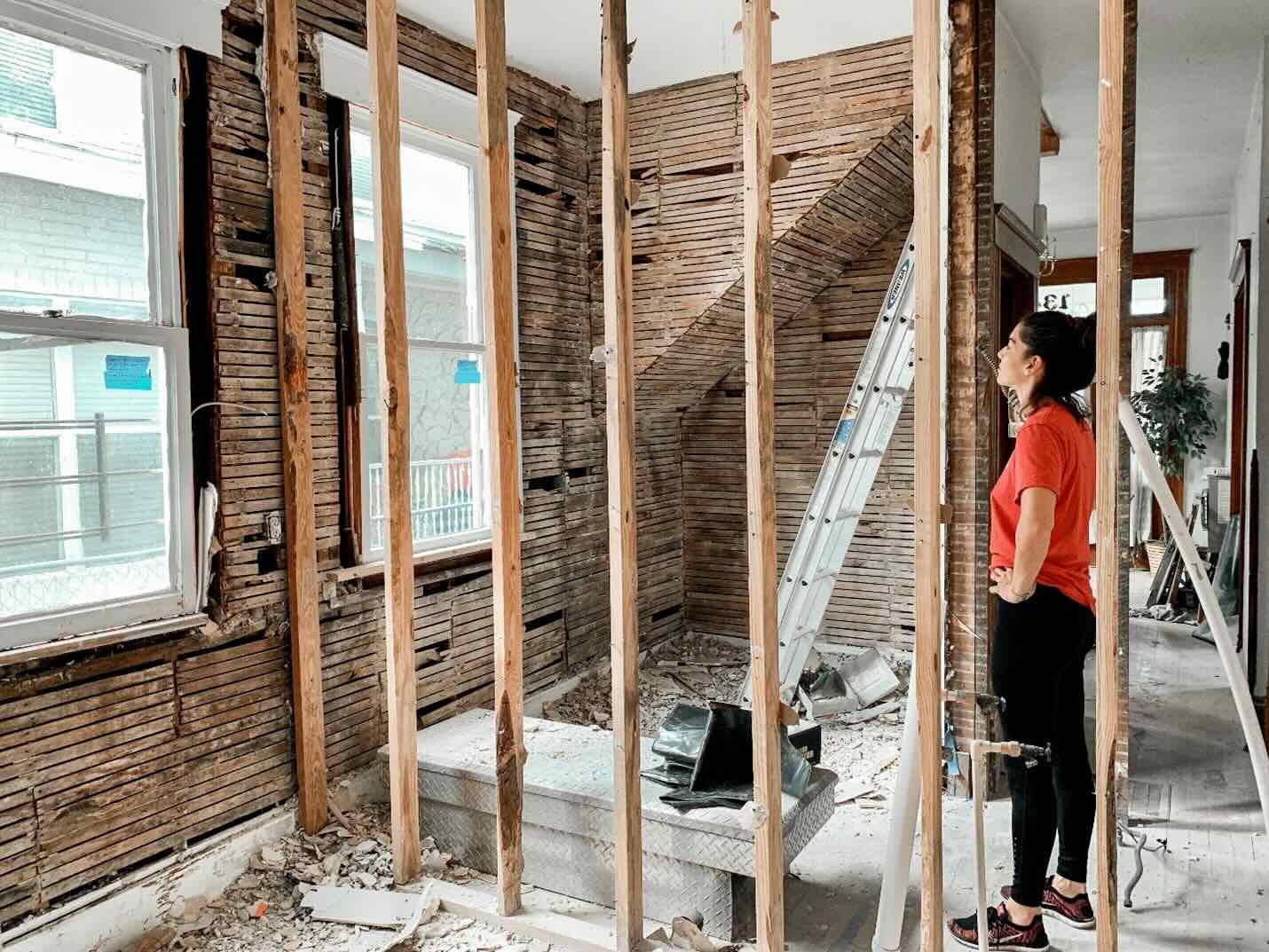
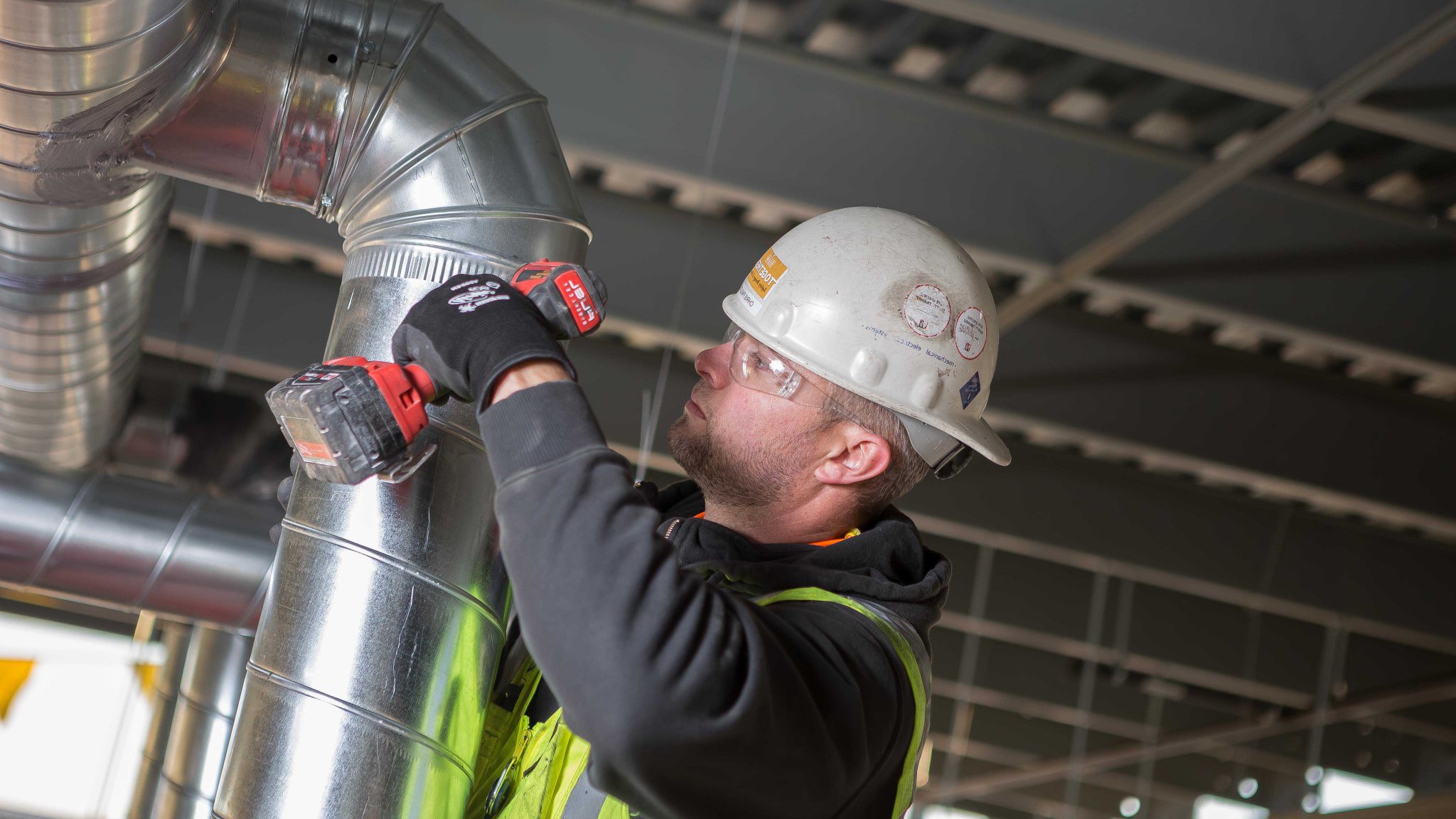





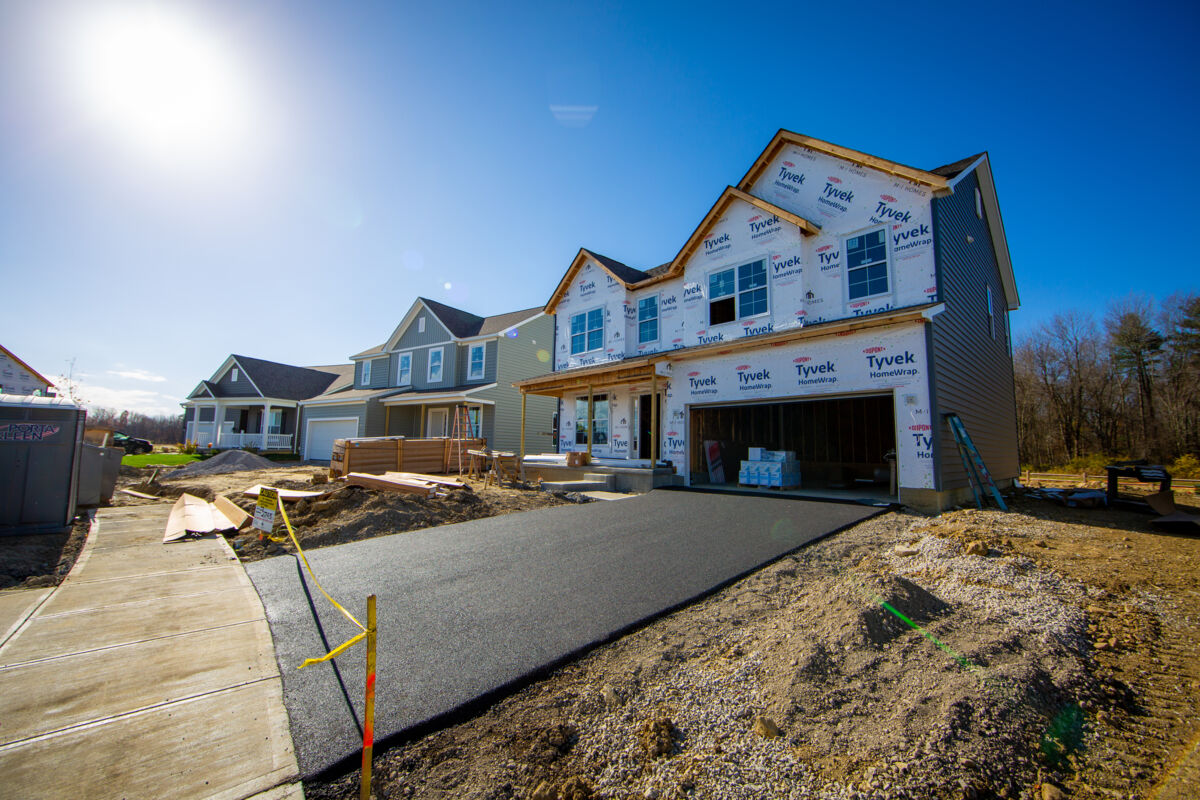
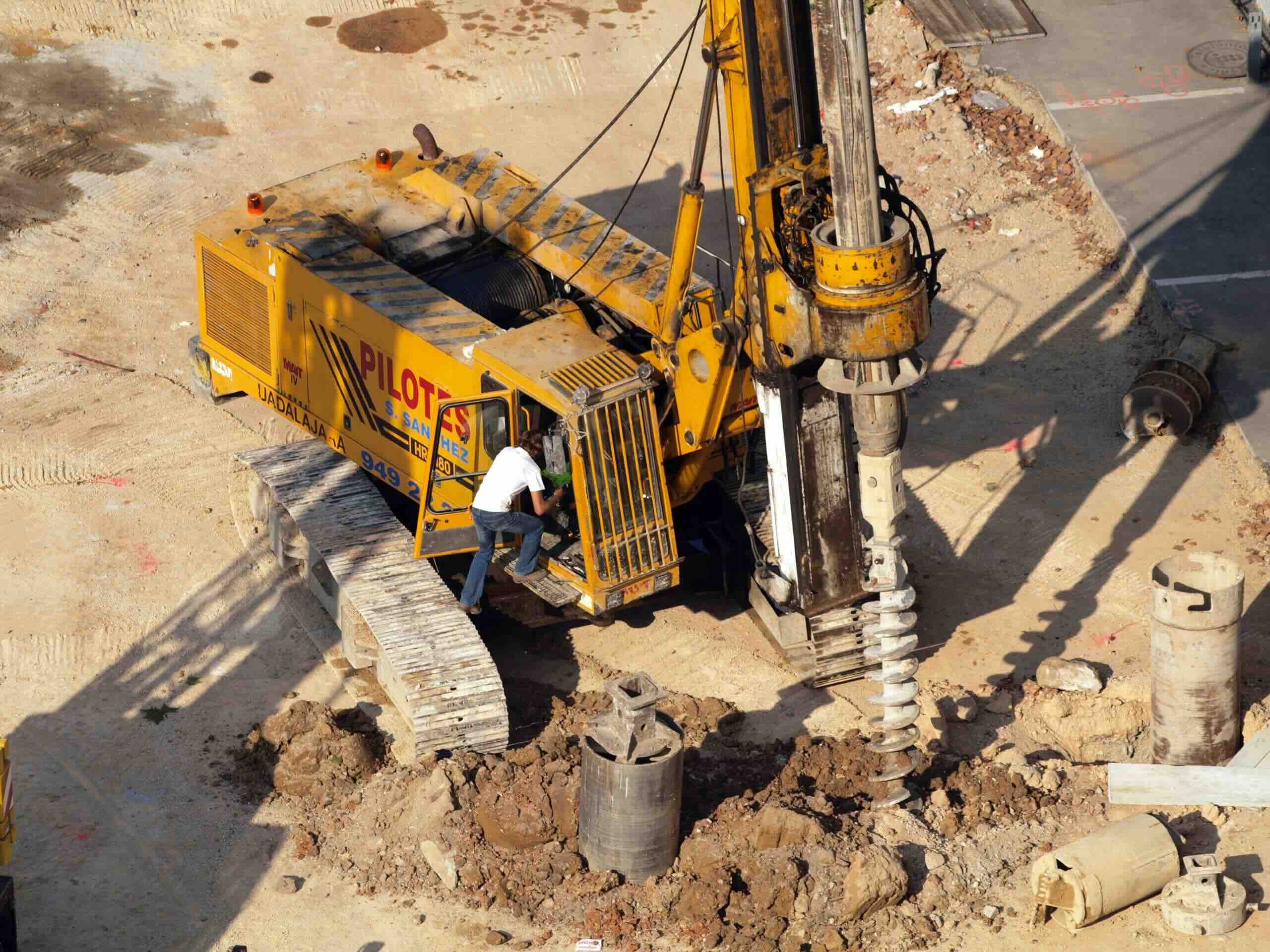

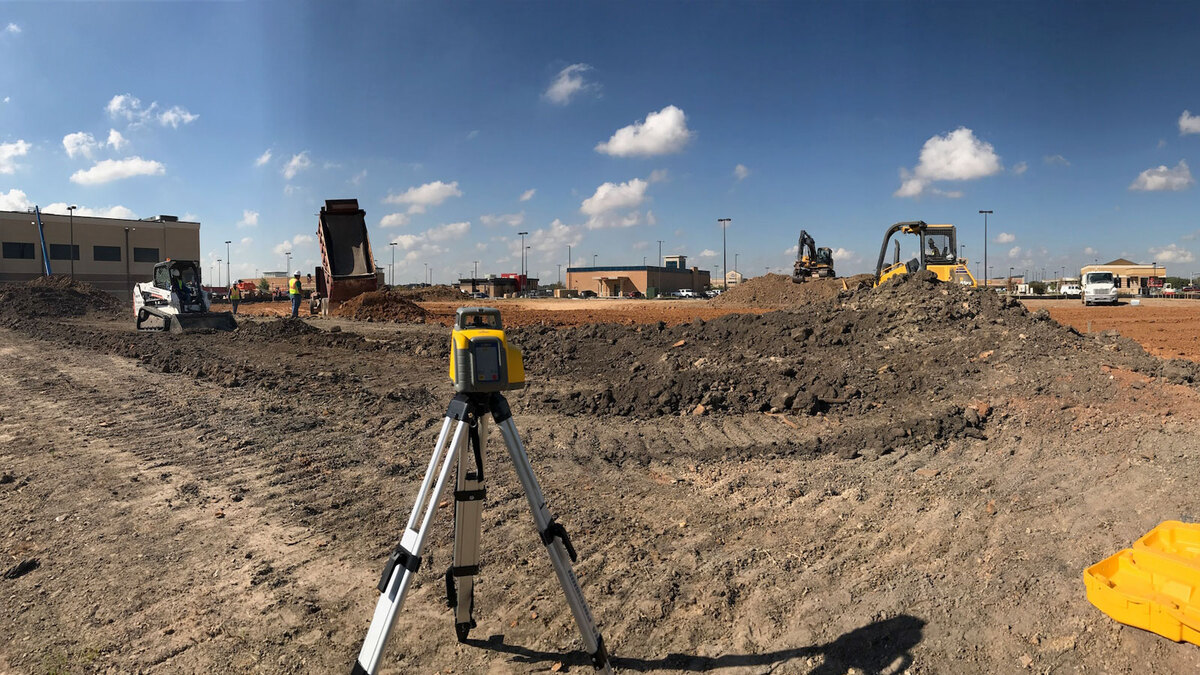




0 thoughts on “What Is WIP In Construction”